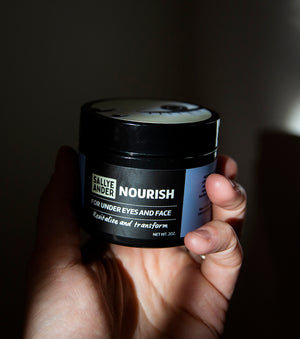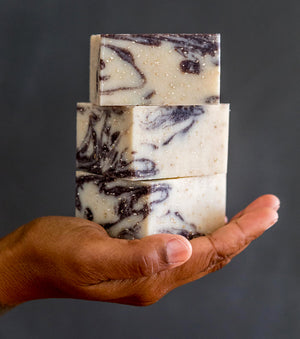Bayberry, scientifically known as Myrica cerifera, is an evergreen shrub or small tree native to the eastern coast of North America, spanning from Canada to the southeastern United States. It stands out for its aromatic leaves and distinctive waxy berries.
These small, clustered berries are notable for their grayish-green hue and natural wax coating, which can be harvested to create bayberry wax, a traditional component in candle making. The wax is obtained by heating the berries, causing the wax to rise to the surface, and then meticulously skimming and refining it.
Beyond its role in candle production, bayberry has a rich history of use in various medicinal and aromatic applications. The leaves and bark of the bayberry plant have served as ingredients in traditional herbal remedies, while bayberry oil finds its place in select fragrances and cosmetics.
The historical significance of bayberry is particularly evident in the tradition of Bayberry Candles in the United States. This tradition dates back to the early settlers who landed on the coastal United States, including Plymouth Plantation. Eager to harness the gifts of nature in all aspects of life, they discovered the bayberry bush with its waxy-coated fruits along the sandy Massachusetts coast.
During this period, tallow candles were the prevailing choice, but they left behind an undesirable odor. In contrast, when these settlers harvested bayberry wax and crafted it into candles, they were delighted by the sweet, fruity fragrance it emitted. This marked the inception of the enduring American tradition of Bayberry Candles
Traditionally, 8" Bayberry Candles burn for approximately 7.5 hours and are lit all the way down to the socket on Christmas Eve and New Year's Eve. This ritual is believed to ensure good fortune in the year to come, keeping the historical connection to bayberry alive and well in modern traditions.




















